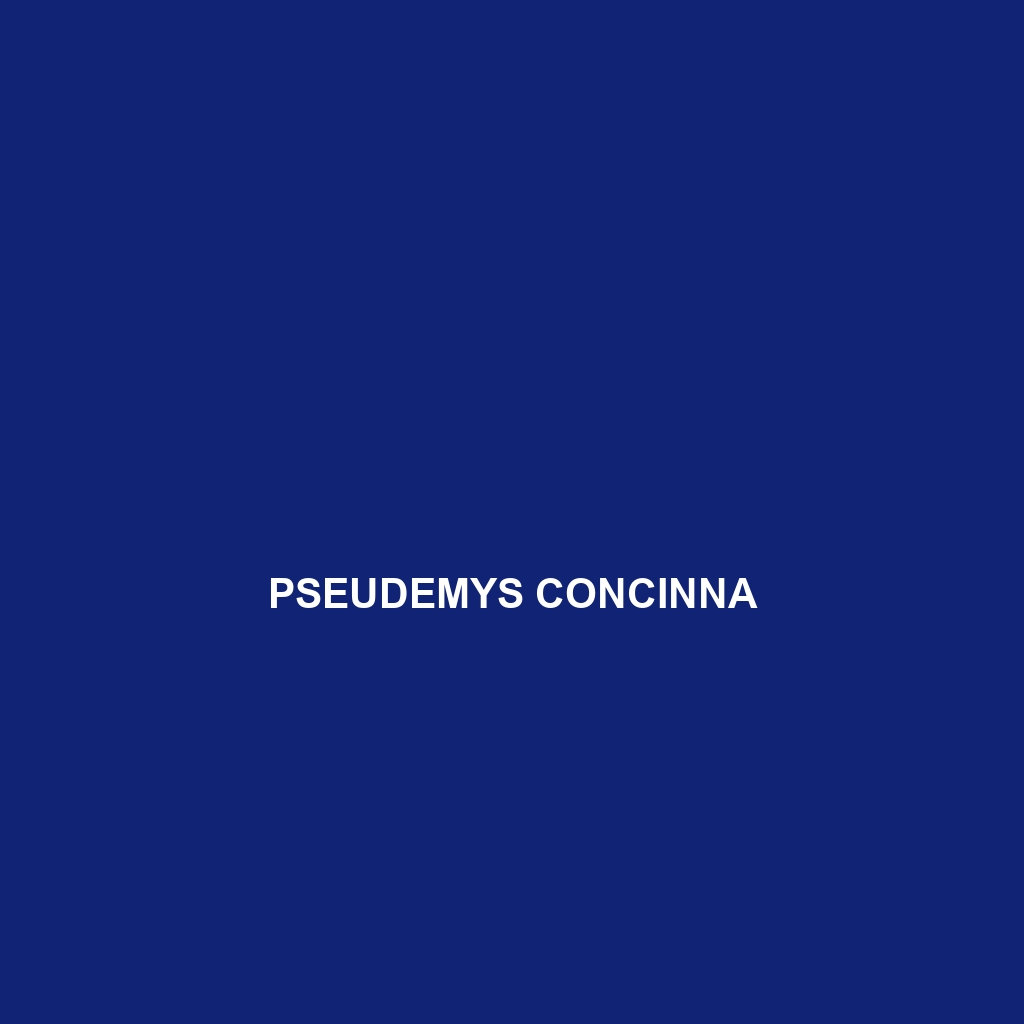<p><b>Pseudemys texana</b>, or Texas river cooter, is a diurnal freshwater turtle native to southeastern Texas and northeastern Mexico, thriving in warm, vegetated habitats. Characterized by their distinct dark brown to olive green carapace and a diet primarily of aquatic vegetation, they play a crucial role in maintaining the health of freshwater ecosystems.</p>
Category: Uncategorized
Pseudemys peninsularis
The Florida red-bellied turtle (<i>Pseudemys peninsularis</i>) is a medium-sized turtle recognized by its smooth olive to dark brown carapace and vibrant red or orange belly, thriving in warm freshwater habitats of the southeastern United States. This species is primarily herbivorous, with intriguing social behaviors and vital ecological roles, though it currently faces threats from habitat loss, making conservation efforts essential.
Pseudemys gorzugi
<p><b>Pseudemys gorzugi</b>, commonly known as the Georgia Cooter, is a medium-sized freshwater turtle native to the southeastern United States, primarily found in slow-moving rivers, lakes, and ponds. This species is recognized for its distinct domed shell, elongated neck, and omnivorous diet, playing a crucial role in maintaining the ecological balance of its aquatic habitat.</p>
Pseudemys concinna
<p><b>Pseudemys concinna</b>, commonly known as the pond slider, is a versatile turtle native to the southeastern United States, thriving in a variety of freshwater habitats. These omnivorous turtles exhibit distinct yellow stripes, can grow up to 12 inches, and play a crucial role in maintaining aquatic ecosystem health.</p>
Pseudemys floridana
<b>Pseudemys floridana</b>, commonly known as the Florida cooter, is a freshwater turtle native to the southeastern United States, recognized for its distinctive dome-shaped carapace and elongated claws. This omnivorous species thrives in warm, humid habitats, primarily feeding on aquatic plants and small invertebrates while playing a vital role in maintaining ecosystem balance.
Pseudemys alabamensis
<b>Pseudemys alabamensis</b>, or the Alabama red-bellied turtle, is a vibrant freshwater turtle known for its red or orange belly and robust limbs, native to the southern United States. Primarily herbivorous, it inhabits slow-moving waters with abundant vegetation and plays a crucial role in maintaining aquatic ecosystems while being classified as endangered due to habitat loss and pollution.
Pseudemydura umbrina
<b>Pseudemydura umbrina</b>, commonly known as the western swamp tortoise, is an endangered species found in the rainforests and wetlands of southwestern Australia. This semi-aquatic omnivore reaches a length of 20 to 25 centimeters and plays a crucial role in its ecosystem by maintaining plant health and supporting biodiversity.
Pseudemoia rawlinsoni
<b>Pseudemoia rawlinsoni</b>, commonly known as Rawlinson's skink, is a medium-sized, insectivorous skink measuring up to 20 cm in length, recognized for its smooth, shiny scales and distinctive brown and olive-green coloration. Native to the temperate forests and grasslands of southeastern Australia, this skink plays a crucial role in controlling insect populations and maintaining ecological balance.
Pseudemoia spenceri
<strong>Pseudemoia spenceri</strong>, or Spencer's Skink, is a diurnal insectivore known for its robust, elongated body measuring 15 to 25 cm, with smooth, glossy scales in brown and gray hues. Native to southeastern Australia, these skinks thrive in temperate forests and rainforests, playing a crucial role in regulating insect populations and maintaining ecosystem balance.
Pseudemoia pagenstecheri
<p><b>Pseudemoia pagenstecheri</b>, commonly known as the <i>Pagenstecher's skink</i>, is a vibrant, insectivorous skink found in subtropical forests of eastern Australia, distinguished by its smooth, shiny scales and secretive, diurnal behavior. With a length of 25 to 30 cm, this species plays a vital ecological role in controlling insect populations while serving as prey for various predators in its habitat.</p>







